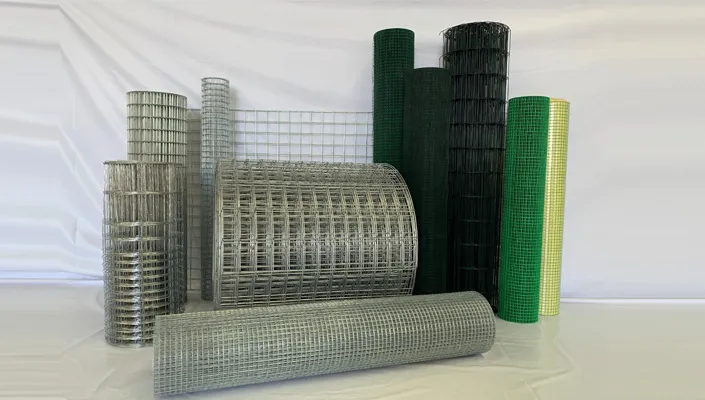framing nails for pressure treated wood
Framing Nails for Pressure Treated Wood A Comprehensive Guide
When constructing outdoor structures such as decks, fences, or pergolas, choosing the right materials is crucial for longevity and safety. One of the most important considerations in these projects is the type of fastener used, specifically framing nails. In this article, we will delve into the essential aspects of using framing nails with pressure-treated wood, including the types of nails, compatibility issues, and best practices for installation.
Understanding Pressure-Treated Wood
Pressure-treated wood is lumber that has been infused with preservatives to help it resist rot, decay, and insect infestation. This is particularly important for outdoor applications where wood is exposed to moisture, sunlight, and various environmental factors. The treatment process enhances the wood's durability, making it a popular choice for outdoor construction.
However, the chemicals used in the pressure treatment process can be corrosive to certain metals. Therefore, selecting the appropriate framing nails is vital to ensure the integrity and longevity of the constructed structure.
Types of Framing Nails
Framing nails come in several varieties, but when dealing with pressure-treated wood, it is especially important to choose the right type
1. Galvanized Nails Galvanization is a process where steel nails are coated with a layer of zinc to protect against rust. For pressure-treated wood, nails that are hot-dipped galvanized are recommended, as they offer superior corrosion resistance compared to electro-galvanized nails.
2. Stainless Steel Nails Stainless steel framing nails provide the highest level of corrosion resistance. They are particularly suitable for coastal areas or humid climates where corrosion risk is elevated. While they can be more expensive, their durability makes them a worthwhile investment in many applications.
3. Coated Nails Some manufacturers offer specially coated nails designed to withstand the chemicals in pressure-treated wood. These coatings can also help reduce friction during driving, making installation easier.
Compatibility Considerations
framing nails for pressure treated wood

When choosing nails for pressure-treated wood, compatibility with the preservatives is crucial. Traditional carbon steel nails may corrode rapidly when in direct contact with treated wood, leading to structural failure. Always check the manufacturer's specifications or guidelines to ensure that the selected nails are rated for use with pressure-treated lumber.
Furthermore, consider the size and length of the nails. Typical framing nails range from 2 to 3.5 inches in length, but the thickness and gauge should also match the requirements of your project. For instance, thicker nails are better suited for heavier framing applications to provide the necessary holding power.
Best Practices for Installation
To ensure a secure and long-lasting connection when using framing nails with pressure-treated wood, follow these best practices
1. Pre-Drilling In some cases, pre-drilling holes can prevent splitting, especially with dense pressure-treated wood. This is particularly important for critical joints or when working with thinner pieces.
2. Proper Spacing Adhere to local building codes for nail spacing. A general rule is to place nails approximately 6 to 12 inches apart, depending on the structural requirements.
3. Use A Pneumatic Nailer A pneumatic nail gun can drive nails more efficiently and accurately compared to hand-driven methods. Be sure to set the depth control appropriately to avoid over- or under-driving nails.
4. Regular Inspections Over time, inspect your structures for any signs of corrosion or weakness. Early detection can save time and resources when repairing or replacing damaged components.
Conclusion
Choosing the right framing nails for pressure-treated wood is critical for the longevity and safety of outdoor structures. By opting for the appropriate types of nails, ensuring compatibility with the preservatives, and following best installation practices, you can create robust and durable constructions. Whether you are a seasoned contractor or a DIY enthusiast, understanding these principles will lead to safer and more reliable projects that stand the test of time.
-
Successful Participation at the 137th Canton Fair in April 2025NewsApr.20,2025
-
Successful Participation at the 2025 NAHB International Builders' Show (IBS) in Las VegasNewsFeb.28,2025
-
Successful Participation at the 2025 Philippine World Building and Construction Exposition (WorldBex) in ManilaNewsMar.20,2024
-
Successful Participation at the 2024 Canton FairsNewsOct.20,2024
-
Successful Participation at the 2024 Canton FairNewsApr.20,2024
-
Successful Participation at the 2024 Philippine World Building and Construction Exposition in ManilaNewsMar.20,2024




